T-34/85
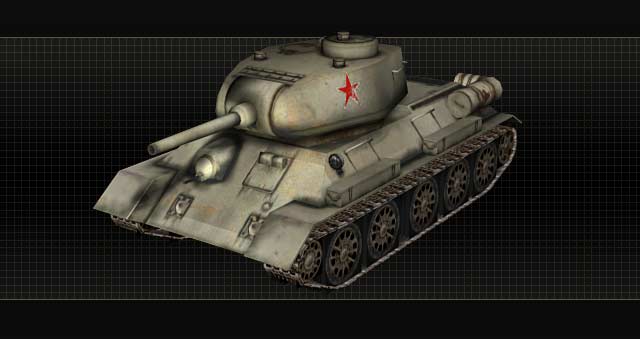
Improving upon the already substantial armor and armament of its predecessor, the T-34/85 was fitted with an 85-mm anti-aircraft gun. Able to travel smoothly on just about any terrain, the T-34/85 was a formidable force throughout the war. When first confronted with original T-34/85 tanks, the Germans quickly took note of its superiority to their tanks. |
T34/76

Acknowledging the superior design of German tanks, Russia developed the T-34/76 light tank. The T-34/76 was designed to excel in armor and firepower and match its German counterparts in all ways. Although effective battlefield vehicles, Russia was unable to produce as many of these tanks as planned, so the T-34/76 never became the combat powerhouse it was intended to be. |
|
M3 Half-Track
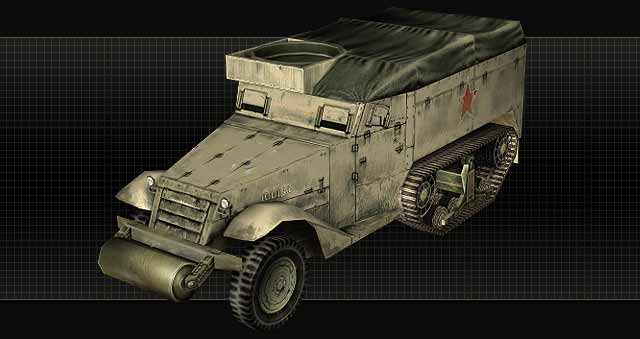
The American M3 armored personnel carrier (APC) was one of the most widely used half-tracks in World War II. With wheels in front and a tank-like track system in the rear, the M3 served many purposes. Able to carry up to 12 men, the M3 could also tow artillery or be equipped with a variety of armaments, including anti-tank and anti-aircraft guns, heavy artillery, and mortars. |
Willys Overland Jeep MB
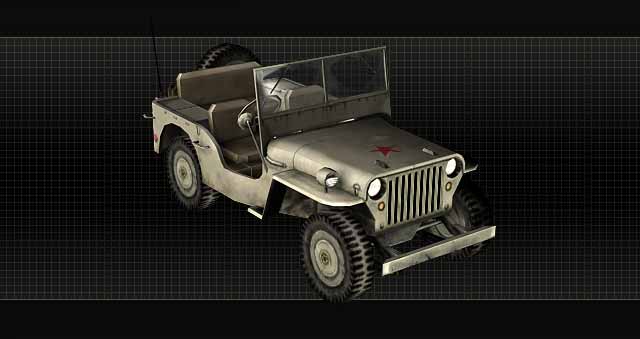
This versatile 4-wheel drive vehicle could go places that couldn't be reached by any other vehicle, and the U.S. produced more than 700,000 of them during WWII. The Jeep could be used for short transport trips, reconnaissance, and even for fighting when fitted with a machine gun. Jeep comes from the pronunciation of GP, the abbreviation for General Purpose vehicle. |
|
BM-13N Katyusha "Stalin Organ"
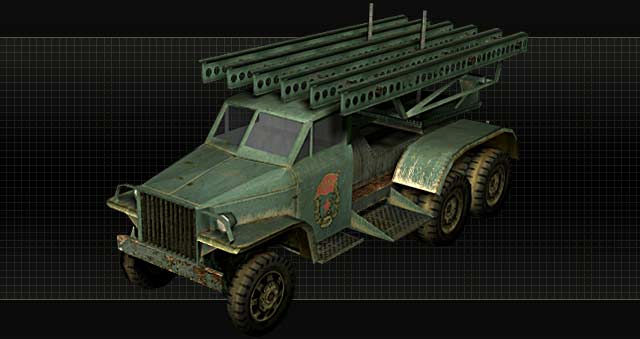
The Russian Katyusha was an effective mobile rocket launcher. The Russian Army typically fitted these rocket-launching ramps on trucks protected by armor. However, when times were tough they used any truck available. The Katyusha was not a very accurate rocket launcher, but because it fired rockets in salvoes, it overcame the lack of accuracy with heavy barrages. |
Yak-9
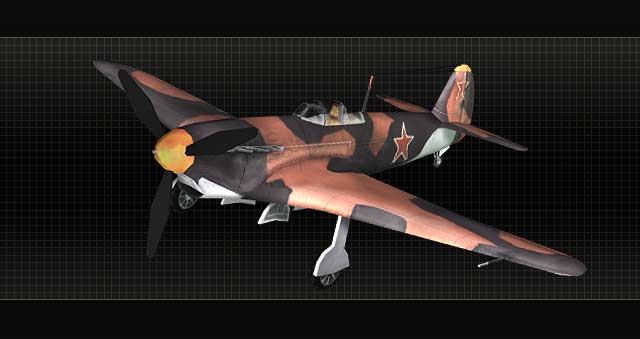
First used in combat at the Battle of Stalingrad, the Yak-9 couldnt typically keep up with the technologically superior German fighter aircraft in one-on-one dogfights. However, Russian air forces often had an advantage in terms of the number of planes in the skies because they were able to mass-produce the Yak-9. All in all, Russia produced more Yak-9s than any other fighter aircraft. |
|
|